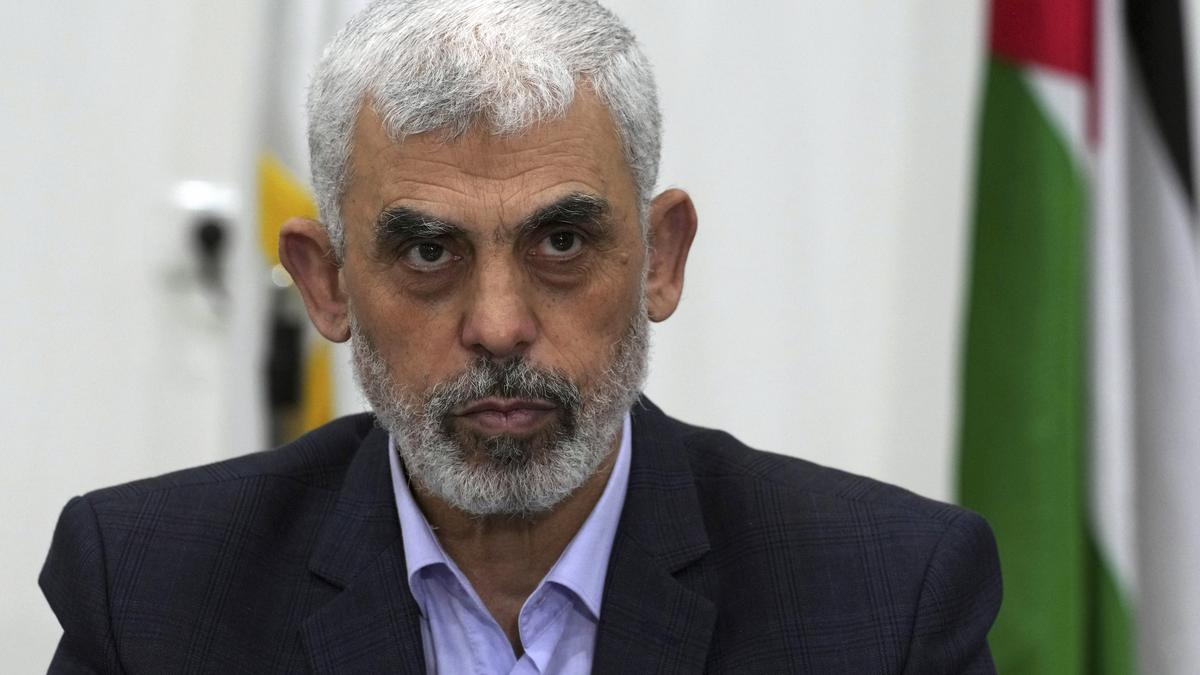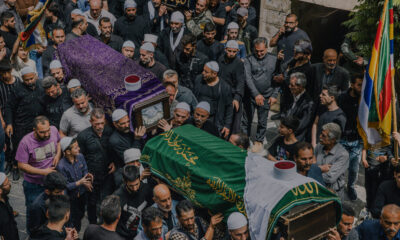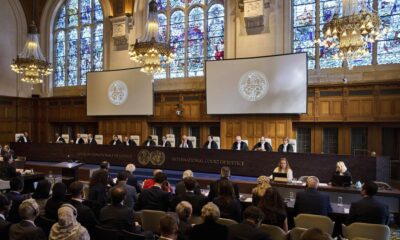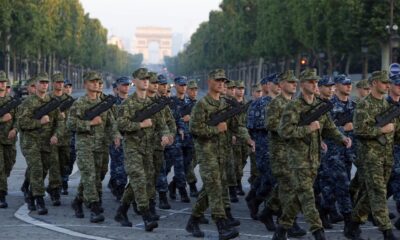After Hamas’s attack in Israel on October 7, 2023, in which approximately 1,200 people lost their lives, the Israeli Defence Forces (IDF) referred to Yahya Sinwar, the leader of the Islamist militant group in Gaza and the mastermind behind the attack, as “a dead man walking.” A year later, following the deaths of over 42,000 Palestinians, mostly women and children, and the destruction of much of Gaza, the IDF announced on October 17, 2024, that they had successfully eliminated their most sought-after target in an operation in Gaza’s Rafah.
Also read: Israel’s Foreign Minister confirms that Hamas top leader Yahya Sinwar was killed in Gaza
Born in a refugee camp in Khan Younis in southern Gaza in 1962, 14 years after the state of Israel was created, Sinwar grew up under foreign occupation – first Egyptian and then Israeli. His parents originated from Al-Majdal, a town north of Gaza, now known as Ashkelon in present-day Israel, from where they were displaced during the formation of Israel in 1948. Around 700,000 Palestinians became refugees between 1948-49 in what they refer to as the Nakba (catastrophe), and the Sinwar family sought refuge in Gaza.
In Israeli prison
Sinwar became involved with the Muslim Brotherhood in the 1980s and was first apprehended by Israel in 1982 at the age of 19. Upon the establishment of Hamas in 1987, Sinwar set up the group’s internal security unit, al-Majd, which was responsible for targeting numerous Palestinians suspected of collaborating with Israel. Sinwar was known for his ruthless enforcement of loyalty. In 1988, he was arrested by the Israelis, convicted of the murder of 12 Palestinians, and sentenced to four life terms. He spent 22 years in Israeli prisons, but his spirit remained unbroken. During an interrogation by Shin Bet, he defiantly stated, “You know that one day you will be the one under interrogation, and I will stand here as the government, as the interrogator.”
Fluent in Hebrew, Sinwar was driven by his strong aversion to the Israeli occupation of Palestinian territories and his unwavering commitment to Hamas’s Islamist ideology. He viewed his time in Israeli prison as a learning “academy” and professed to be “married to the Palestinian cause.” Violence was a defining aspect of his approach, evident from his early days of targeting alleged “collaborators.”
Sinwar was released in 2011 as part of a prisoner exchange deal, where Israel released 1,027 Palestinian prisoners in return for one soldier, Gilad Shalit, who had been captured by Hamas in 2006. By then, Hamas was already in control of Gaza, with Ismail Haniyeh serving as its leader. Sinwar, as a former internal security chief with a two-decade stint in Israeli prisons, had already attained a revered status among Hamas’s leadership. He swiftly ascended the ranks within the militant group and forged close ties with Haniyeh and Hamas’s international supporters, which included Hezbollah and Iran. In 2012, Sinwar traveled to Iran to meet Qassem Soleimani, the Quds Force commander who was assassinated by the U.S. in January 2020 in Baghdad.
The ruler of Gaza
In 2017, when Haniyeh assumed leadership of Hamas’s Polit Bureau, Sinwar was appointed as the group’s leader in Gaza. A year later, in an interview, Sinwar likened his role as the administrator of Gaza, under Israeli blockade since 2007, to his time in Israeli prisons. He remarked, “I have only changed prisons. And, despite it all, the old one was much better than this one. I had water, electricity. I had so many books. Gaza is much tougher.” During this period, Hamas displayed signs of moderation, ceasing suicide bombings and revising its 2017 charter to remove anti-Semitic rhetoric. The Hamas leadership also indicated willingness to accept the 1967 border as part of a potential long-term ceasefire with Israel.
However, in the ensuing years, Sinwar witnessed the Palestinian cause being marginalized in the Middle East. Dialogue between Palestinians and Israelis stalled, with Hamas governing the besieged Gaza Strip while Israel continued to expand its presence in the West Bank. Israeli political factions advocated for the annexation of West Bank settlements. In 2020, four Arab nations, including the UAE, normalized relations with Israel in a pact brokered by the U.S. Saudi Arabia, the custodian of Islam’s holiest sites, was on the brink of formalizing recognition of Israel.
October 7 attack
In response to the regional shifts, Sinwar orchestrated a deadly attack within Israel. The attack initially caught the Israelis off guard, as Hamas militants perpetrated violence in Israeli towns. The attack’s ferocity, primarily targeting Israeli civilians, shook the nation and further isolated Hamas. Israeli Prime Minister Benjamin Netanyahu retaliated by launching a punitive campaign against Gaza, resulting in widespread destruction. Despite calls for a ceasefire amid civilian casualties, Israel pursued its enemies, eliminating key Hamas figures such as Mohammed Deif, Ismail Haniyeh, and even Hezbollah leader Hassan Nasrallah.
It remains to be seen whether these targeted killings will secure Israel’s long-term safety or perpetuate a cycle of violence that ensnares the Jewish state in ongoing conflicts.
Published – October 18, 2024 12:28 am IST








































